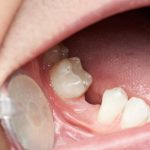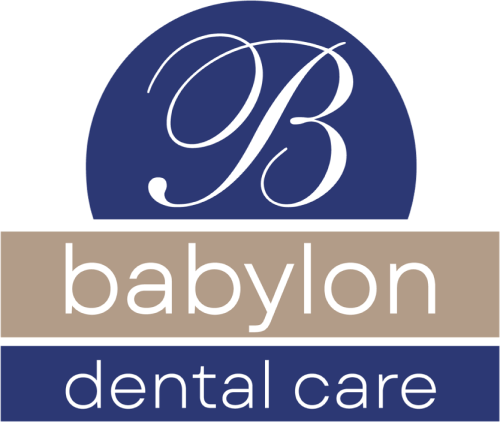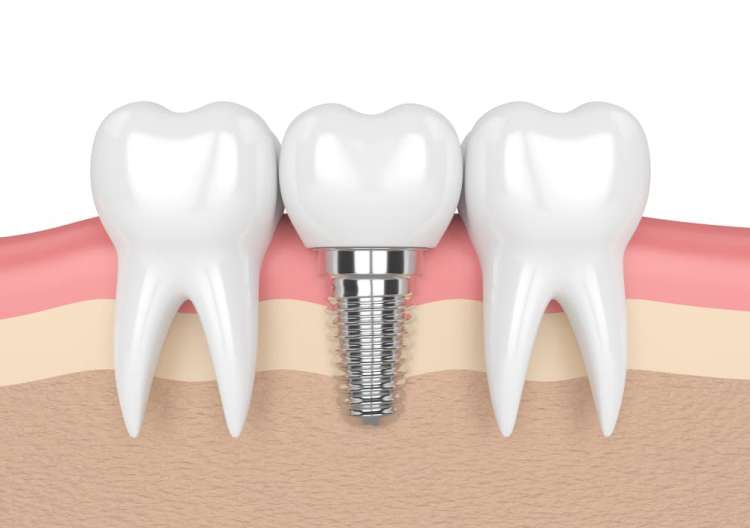 For a while, a missing tooth might not be a big deal. You avoid smiling for photos, maybe not chew on that side of your mouth. While you might be able to disguise your tooth loss temporarily, it is only a matter of time before the missing tooth begins to cause problems that you cannot ignore. You could develop bite irregularities and loss of a tooth in the back risks facial deformities while some people may have their speech affected.
For a while, a missing tooth might not be a big deal. You avoid smiling for photos, maybe not chew on that side of your mouth. While you might be able to disguise your tooth loss temporarily, it is only a matter of time before the missing tooth begins to cause problems that you cannot ignore. You could develop bite irregularities and loss of a tooth in the back risks facial deformities while some people may have their speech affected.
Sooner or later, a person who is missing a tooth will want to get it replaced. As the American Dental Association (ADA) notes, people generally have three tooth replacement options.
Implants
An implant is a post that is surgically placed in a person’s upper or lower jaw. The implants serve as anchors for replacement teeth.
An implant is often made of titanium. Because an implant involves surgery, a person will need to be in good health and also have the adequate bone level to support the implant.
An implant may be placed in a single day, or the procedure may play out over several months. In general, most implants follow the same three steps:
- Placement — A dentist surgically places the implant. The procedure may cause swelling and tenderness, and pain medication is often prescribed.
- Healing — Certain patients may have to wait for the bone to grow around the implant to hold it in place before the replacement teeth can be attached.
- Replacement — Customized crowns, bridges, or dentures are attached to the implants.
The ADA notes that the advantages of implants include that they are most similar to natural teeth, they can last for several years, and they can help prevent shrinkage of jawbone caused by the tooth loss. Disadvantages noted by the ADA include the cost in relation to other treatments, the time involved compared to other options, and the basic surgical component for some people.
Fixed Bridges
A fixed bridge is a restoration that fills the space where a tooth or multiple teeth are missing. A dentist takes an impression of a person’s teeth and sends it to a dental laboratory, where technicians create a bridge.
Over a single visit or multiple visits, a bridge will be fitted, adjusted, and cemented into place. The pontic is the replacement for the missing tooth while the crown is the cap that covers the attachment tooth.
The ADA states that advantages of fixed bridges include the look, feel, and function of natural teeth, they cost less than implants, and they do not require removal for cleaning. Disadvantages include being more expensive than removable bridges and possible effects on teeth next to the bridge.
Removable Partial Dentures
Partial dentures often have replacement teeth fixed to a plastic base that can quickly be taken out of your mouth for cleaning. They usually have some form of clasp that attaches to your teeth.
According to the ADA, advantages of partial dentures include costing less than implants and fixed bridges as well as being easier to repair than bridges. Disadvantages include being less stable than other options, possible loss or breakage risks, discomfort for some, and potential embarrassment.
Contact Us
Babylon Dental Care provides quality dental services and care for all of their patients, including those who need tooth replacement. Call (631) 983-6665 or contact us online to discuss your tooth replacement options.


